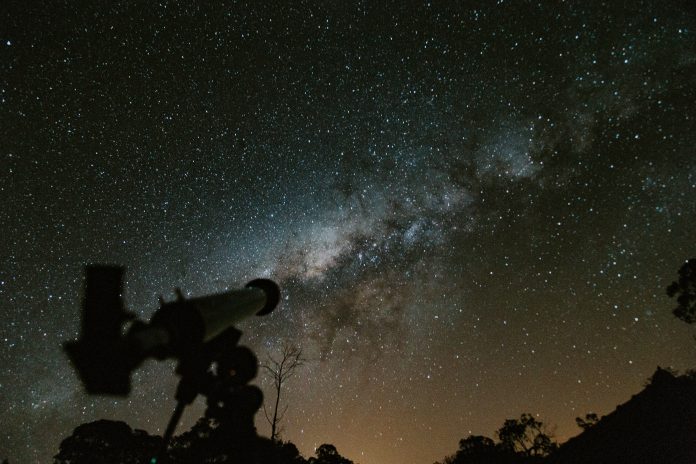In the next three months, India will get its first-ever night sky sanctuary. Located in Ladakh, this night sky sanctuary will be set up as a part of Changthang Wildlife Sanctuary. Science & Technology minister Dr. Jitendra Singh recently made an announcement about this development.
“India`s first-ever “Night Sky Sanctuary” to be set up in Ladakh as a part of Changthang Wildlife Sanctuary and the proposed Dark Sky Reserve will be completed at Hanle in Ladakh within 3 months that will boost Astro tourism in India and will be one of the world`s highest-located sites for optical, infra-red, and gamma-ray telescopes,” the minister said.
For launching the Dark Space Reserve a tripartite MoU was signed recently between the Union Territory administration, Ladakh Autonomous Hill Development Council (LAHDC) Leh and the Indian Institute of Astrophysics (IIA).
Since the night sky sanctuary is the first of its kind, not many know what it exactly means. Although we are well aware of plant or wildlife sanctuaries in our country, a night sky sanctuary is something that’s unheard of and new to us all.
A dark sky reserve or a night sky sanctuary, simply put, is a public or private land that is home to exceptional or outstanding quality of starry nights and a nocturnal environment. This land is delicately protected for its scientific, natural, or educational value, its cultural heritage and/or public enjoyment.
What makes a sanctuary different and adds more value than a reserve is that it is located in a remote location with very little and restrictive public interference. A night sky sanctuary is a fragile site and requires long term conservation. Any threats to the quality of its dark night skies is avoided at all costs.
As far as the India is concerned, Ladakh’s Hanle has been chosen for this project since it is located in a cold remote desert region having clear sky conditions and dry weather conditions throughout the year. It is also away from all forms of human disturbance.
At a height of 4,500 m, this project will be the world’s highest-located sites for optical, infrared, and gamma-ray telescopes. These telescopes are mainly used to study stars, galaxies, exoplanets and the evolution of our universe.
All the stakeholders are entrusted to jointly work towards the preservation of the night sky and protect it from unwanted light pollution and illumination, a serious threat to scientific observations and natural sky conditions, the Union Minister informed.
This project is an attempt by the government to boost as well as to boost local tourism and economy.
































